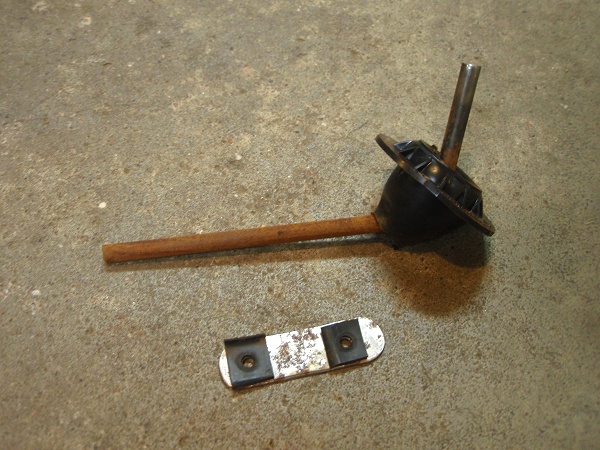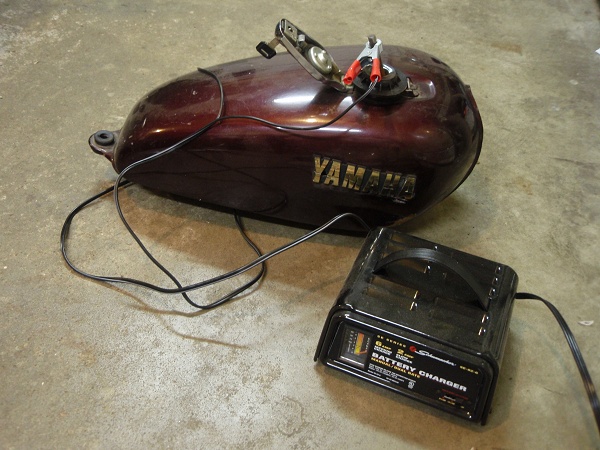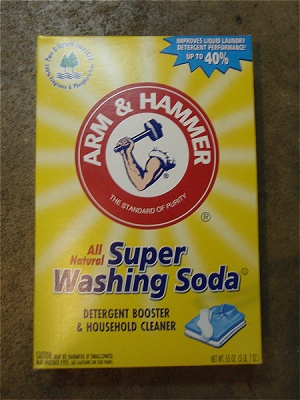xs400neophite
XS400 Addict
Thanks OnePhate...might go the 'Jasco' route and BB's see where that leaves me.

Most of these type treatments are phosphoric acid,which does what you described.You get good results using anything that contains the ph-acid,and it leaves a good surface to prime,paint.I've used it a lot as I was a contractor at South Padre Island Tx,one of the most corrosive environments on earth,as it sits between a very saline bay and the gulf of Mexico.I used many different concoctions,but the common ingredient was ph-acid. lhaEvaporust you say hmmm? I will look into that.
@OnePhate...Jasco is a rust/metal treatment painters use before priming/painting
on old metal.For instance, if you were painting rusty exterior metal,you would scrape shale and wire brush it,ect. then treat it with Jasco(painters call it pickle juice) for 24 hrs.The jasco turns the Iron Oxide(=rust-not paintable) into Iron Phosphate(=not rust-paintable) overnight.The rust and oxidation turns black.You still should rinse the metal or wipe it down before priming.
I am thinking of using that in my gas tank. I read on here of one other person using this and had good results.
http://www.wmbarr.com/product.aspx?catid=103&prodid=221
If anyone can eloborate on this idea or has experience with it (or is a chemical/scientific engineer hehehe) please advise as I am not 100% committed to this idea but leaning towards it.
 ...ugh!! I poured some Marvelous Mystery oil with gas in to coat the tank,emptied that out, then filled the tank completely with gas.I guess eventually I will need to buy a kit to clean and coat the tank.I guess for now I will just keep the tank completely filled. Bummed.
...ugh!! I poured some Marvelous Mystery oil with gas in to coat the tank,emptied that out, then filled the tank completely with gas.I guess eventually I will need to buy a kit to clean and coat the tank.I guess for now I will just keep the tank completely filled. Bummed.
Your dad is probably right,however most people would rather spend [usually]finite resources[money] to buy other things,such as parts to get/keep it running.a new tank,or one that the seller says is "rust free"costs money and all of them are 30+ years old and probably have some rust in them anyway,so if you clean them properly,they'll be rust free as much as possible.I've seen lined tanks give problems after 6 months.as fuel filters clog with pieces of liner leave the victim stranded.My '41 ford tractor's tank was rusted out when I bought it 10 years ago,and I cleaned it out,welded a piece of metal over the hole,and the fuel filters pick up a bit of remaining trash about every 6 months when I clean them,but that's all. I do add about 1 cup of auto trans fluid to a 10 gallon tankful,which keeps the cylinder and chamber clean as can be,and it runs great! lhaMy father told me when a tank has rust, cleaning it or lining it is only a temporary solution and that it would be better to replace the tank or even having it refabricated.



